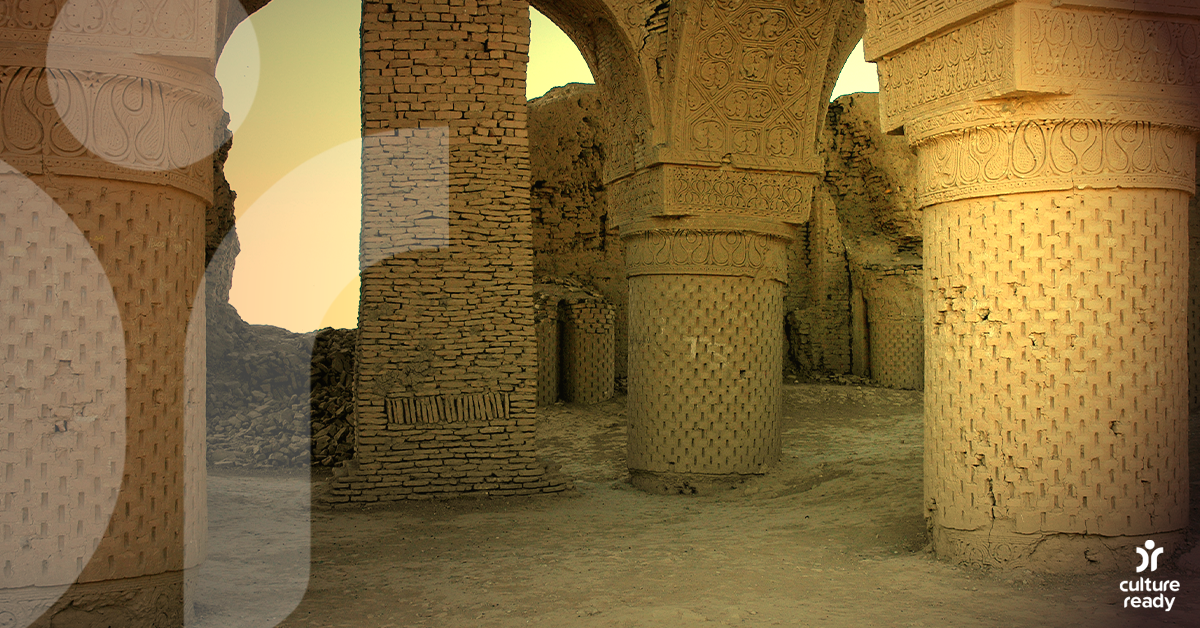The Restoration of Afghanistan’s Cultural Heritage
Award-winning photojournalist Robert Nickelsberg has spent more than 30 years chronicling life in Afghanistan. The images he’s taken while covering the country for Time magazine and The New York Times capture the devastating impact decades of war have had on every aspect of society. That devastation includes the destruction of monuments and the theft of museum collections that represent much of the country’s cultural heritage and history.
Since 2002, the U.S. has contributed more than $47 million to dozens of preservation projects in Afghanistan. Working with the U.S. Department of State’s Cultural Heritage Program, Nickelsberg documented those efforts in the book “Afghanistan’s Heritage: Restored Spirit and Stone.”
One of these projects is the restoration of the National Museum of Afghanistan in Kabul. Seventy percent of its 100,000 artifacts were destroyed or stolen during the Afghan Civil War (1992-1996) and the Taliban era (1996-2001). Fortunately, many of those artifacts have since been restored, recovered or returned, giving Afghans an opportunity to learn more about their Buddhist and Islamic past.
Built in the eighth century during the transition from Buddhism to Islam, the Noh Gunbad mosque is Afghanistan’s earliest known Islamic structure. The popular pilgrimage destination, located in the northern town of Balkh, has been undergoing preservation work for more than a decade.
Another cultural heritage site heavily damaged during the Afghan Civil War is the 27-acre park known as Babur Gardens or Bagh-e Babur. The gardens were rehabilitated from 2002 to 2008 to reflect the historic character of the site, with water channels, planted terraces and pavilions, and are visited by thousands of Afghans each year.
Throughout Nickelsberg’s book, images tell the story of Afghanistan’s cultural richness and how the restoration of these important monuments, museums and archeological treasures is helping Afghans rediscover their history and educating the next generation
